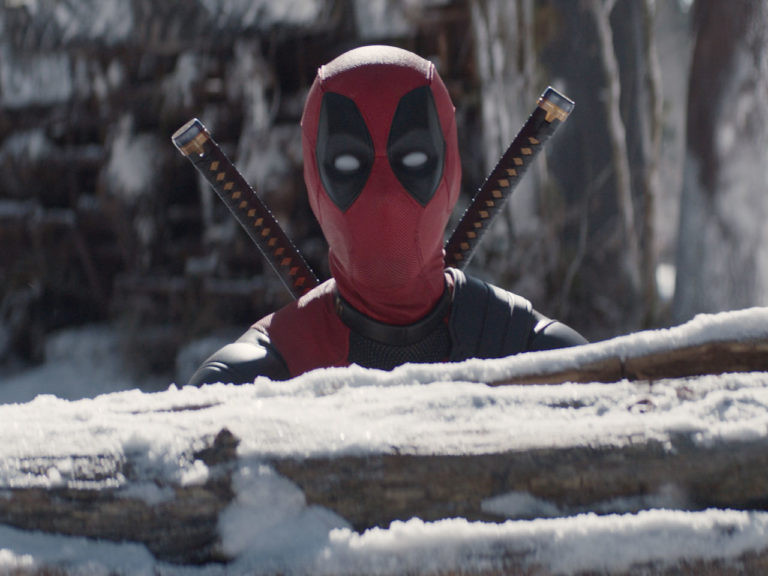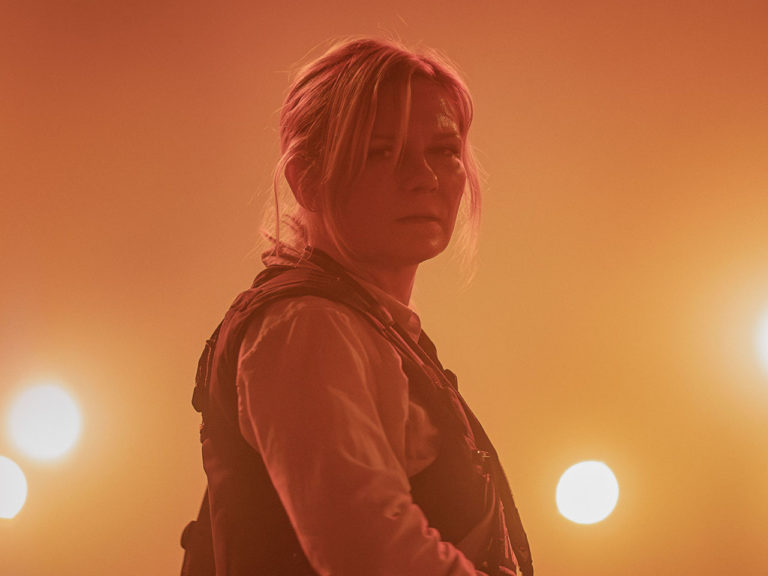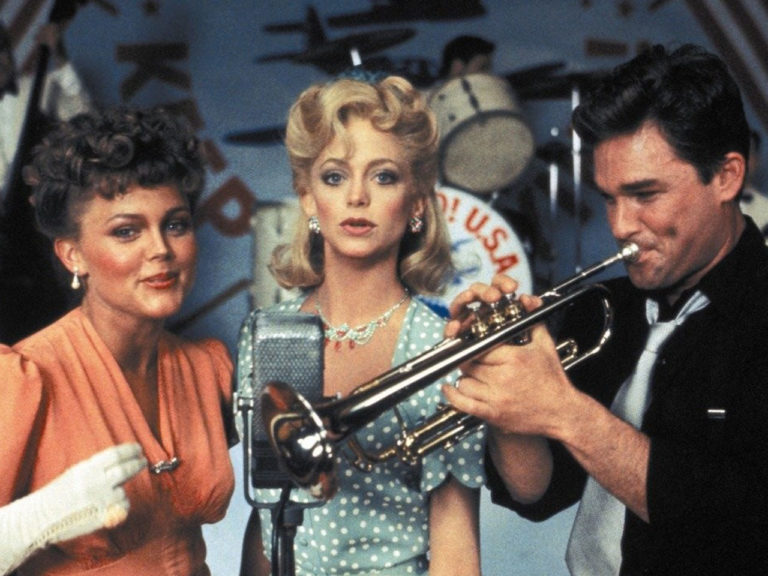

Global seismic activity threatens to reduce the earth to rubble, and only the Justice League stands between the citizens of the world and certain destruction. Alien weapons, technological and biological, arrive in Gotham, and Batman fights to keep them from terrorizing his city. Ordinary people show signs of possession by the mysterious Kindred, and Wonder Woman, the Flash, and the Green Lanterns are the only ones who can knock some sense into them. With war on all sides, are our heroes stretched too thin? When faced with no other options, will they finally turn to the mysterious Superman from another reality?
Reining things in a bit
Our narrative begins, as before, with a television news anchor providing an update on the (seemingly) natural disaster, as well as the League’s movements. Halfway through his statement, however, he becomes possessed (if that is the right term) by the Kindred, and starts spouting off about what’s been taken from his people. Meanwhile, the Lanterns, Flash, and Batman work their respective crises, as Cyborg investigates the seismic situation from the Watchtower. Aquaman reengages the Kindred in Atlantis as the rest of the team joins Cyborg in orbit, resolving at last to involve Superman in spite of their lack of trust.
For about the first half, we have a busy mishmash of scenes, much like we did two weeks ago. The narrative feels disjointed, especially as we transition from Baz and Jessica to the Flash. Thankfully, the back half brings much of the team together, and as things slow down a bit, it’s easier to get some traction. Even though we’re still split between a few locations, we aren’t jumping back and forth as frantically as before, and I have a much more favorable impression of the story by the end.
Who are these people?
Unfortunately, there are still serious issues with character interaction (or just character in general). As the scene opens on Baz and Jess, we get an all-too-familiar exchange between the two where she doubts her ability to do anything, and he tells her she’s a Green Lantern now and that she can do it. There was a similar moment last issue, and revisiting the same concept through very similar dialogue so soon makes these two feel flat. Worst of all, Jess finally makes a construct—an enormous dam at that—and there’s never any significance attached to it in the script. This is a big deal for the newest Lantern, but it doesn’t get the attention it deserves, instead going down as a huge missed opportunity for Hitch to make her a lot more interesting.
Some of Batman’s dialogue is a bit clunky, but my biggest problem with his characterization comes after the Flash shows up in Gotham to help out:

Batman certainly takes advantage of the work of the police and other agencies when it makes sense, but am I the only one that finds it odd that he’s just forking over evidence without keeping a sample for himself? I would expect him to want to take the first crack at this. And even if he did want to pass it off to other agencies, why A.R.G.U.S. and the CDC? Why not S.T.A.R. Labs? The Batman in Hitch’s JLA run took advantage of Cyborg’s dad and his colleagues at S.T.A.R. while working the Rao problem, so there’s already precedent for going there. As this one is written, it seems like he’s being cavalier about the evidence, and that is most definitely out of character.
Things aren’t much better when we join Aquaman. Hitch relies heavily on Arthur’s inner monologue to reveal what’s going on, and once there’s someone else to talk to, it isn’t clear how Arthur has arrived at an (most likely) important conclusion. I do like that he’s in Atlantis instead of with the rest of the team, though—it’s a natural way to explore the threat from multiple angles. I just wish there was more meat (though, to be fair, there’s a pretty big piece of meat near the end).

Artistically, Daniel, Florea, and Morey turn in another good-looking book, but there’s a noticeable drop in consistency for Daniel. There are a few particularly funky takes on the Bat-nose, and his first crack at Superman is poorly proportioned and, frankly, a bit goofy-looking. I’m not nuts about Barry’s face on the cover, either. Those sorts of quirks aside, he’s still a strong storyteller (when he’s not treading water during Arthur’s long inner-speech), and a better showing from Hitch would have made it easier to overlook Daniel’s lapses. I’ll also point out once more that the aesthetic difference between this art team and the one that preceded it is a nice change. Jason Fabok is a superstar, and I can’t say anything bad about his work, but it does have a sterner, bleaker feel to it that is noticeably—and for me, happily—absent with Daniel on pencils.
Looking at the bright side
For all of the problems I see in Justice League #2, there’s still a lot of promise. As we learn more about this threat, I’m increasingly intrigued by the details. I’m all but certain that the various fronts of this conflict are concerned with a common enemy, and we have enough information after this issue for that enemy to begin taking shape (pun not intended), even if that shape isn’t very clear yet. Hitch has big ideas, and I’m eager to see where he’s going with them, even if the journey has stuttered here at the start.
Recommended if…
- You want to know a little more about the bad stuff that started happening in Justice League #1.
- You want to witness a pivotal moment for one of the new Green Lanterns (hopefully you’ll give it more attention than the book does).
- You want to watch Arthur talk to himself.
Overall
Justice League #2 is not a bad book, but it isn’t living up to the potential of its characters or its writer. Hitch proved with JLA that he can write this team well, but there’s something missing here. I’m still willing to give him time to get things right, both because I think he can do it and because I really want to be there when he does. I think you should read this, but more for what I hope it will become than for what it is now.
SCORE: 6.5/10


